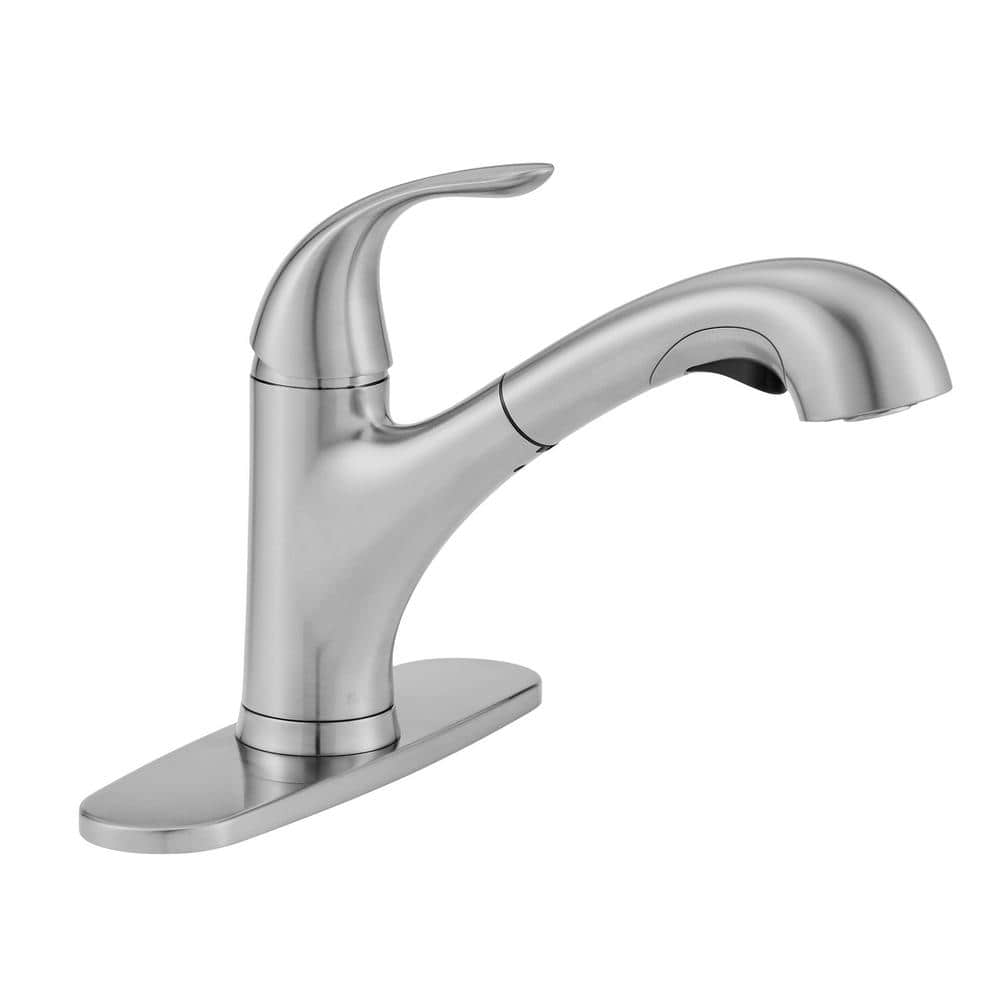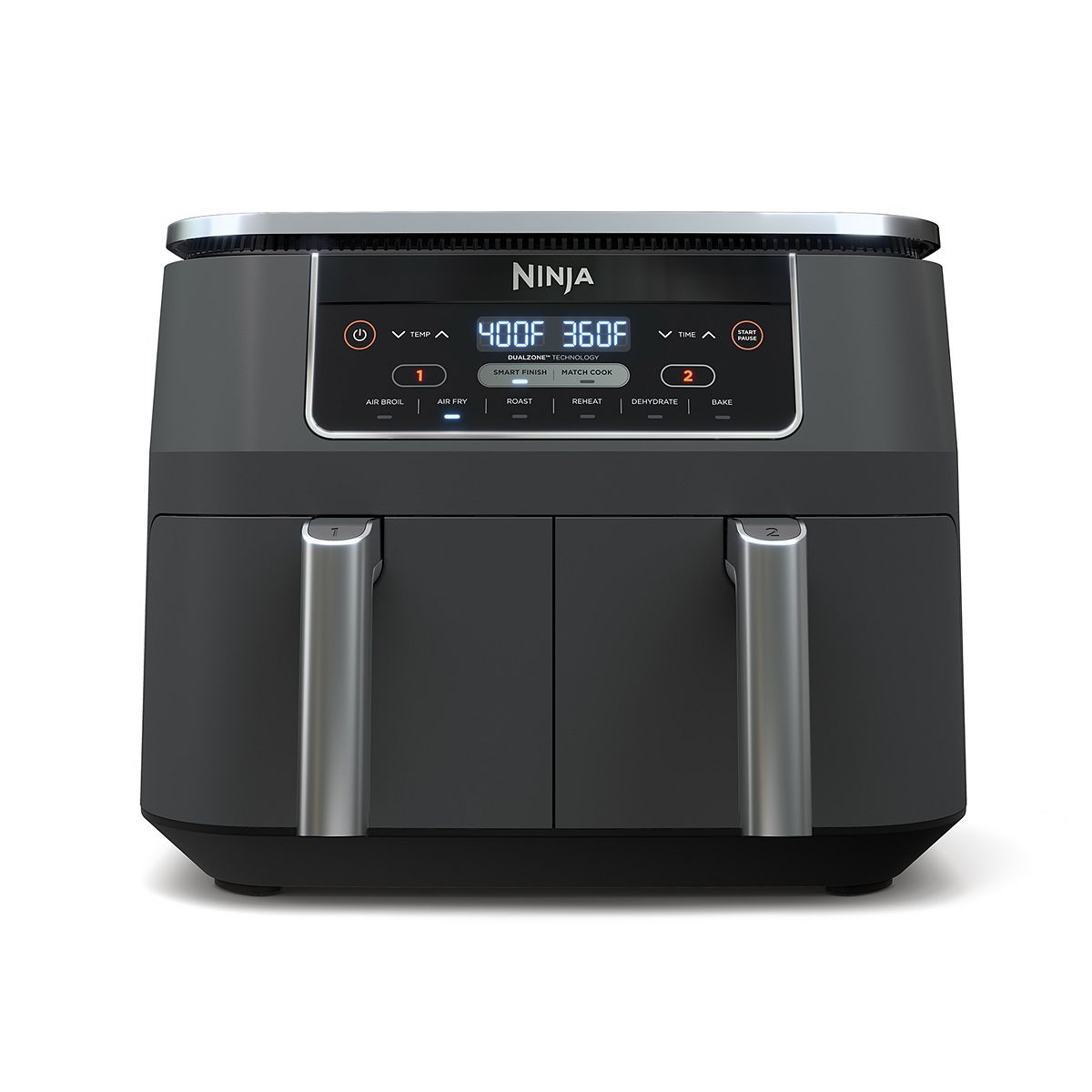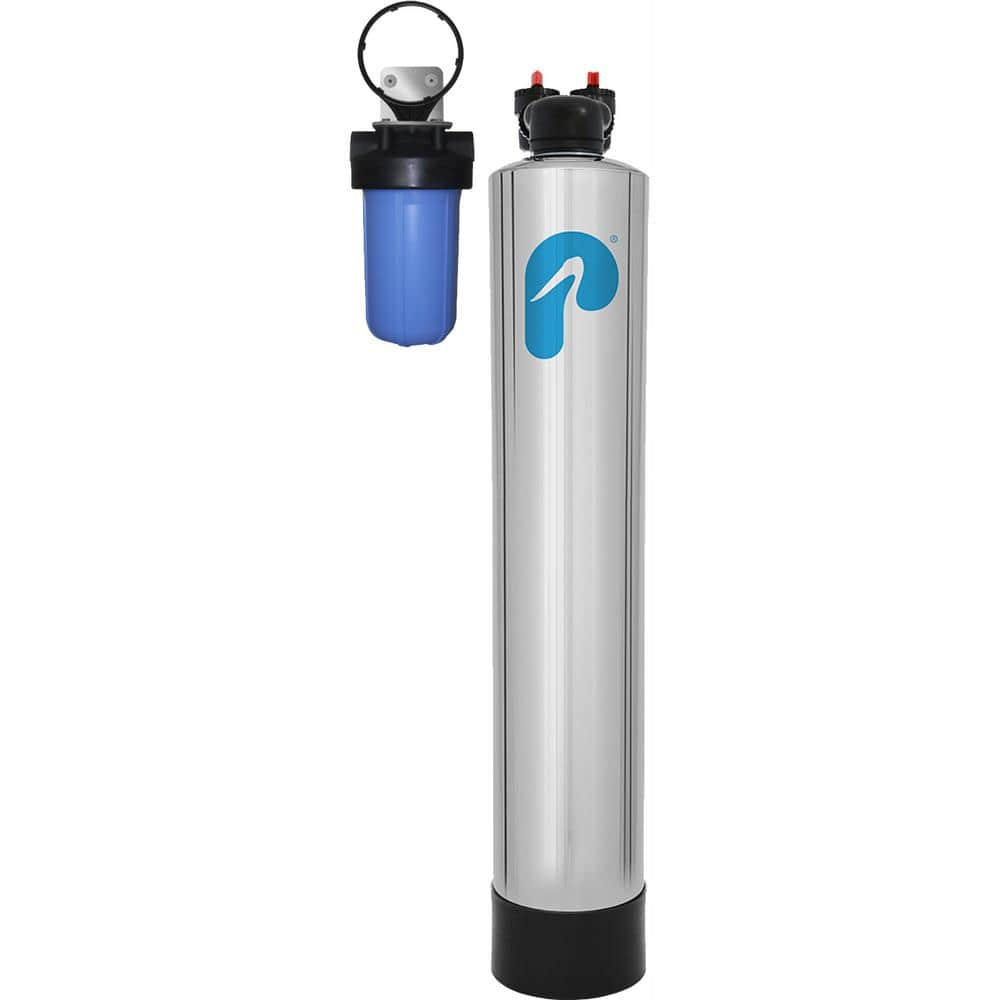Glacier Bay Market Single-Handle Pull-Out Sprayer Kitchen Faucet in Stainless Steel
Pull-out sprayer features powerful TurboSpray setting. Exclusive FastMount makes installation quicker and easier. Backed by Glacier Bay Limited Lifetime Warranty.
The Glacier Bay Market Pull-Out Kitchen Faucet in Stainless Steel has metal construction to ensure long-lasting performance and enjoyment. Its single lever handle meets ADA standards for ease of use in adjusting water temperature and volume. The pull-out sprayer features an aerated spray and a new TurboSpray that is exclusive to Glacier Bay. The TurboSpray from Glacier Bay provides a stronger spray pattern than your standard pullout faucet. The sprayer also includes a 29.5 in. braided supply hose with 25.2 workable length for an extended reach, making it ideal for filling large pots and pans or washing down the sink. This kitchen faucet also includes the exclusive FastMount mounting system to make installation quicker and easier.
- Featuring TurboSpray which provides a stronger spray force than your standard pull-out faucet
- Pull-out sprayer features 2-spray modes at your fingertips: aerated spray or TurboSpray
- High arc allows more space for big pot clearance
- Exclusive FastMount helps make installation quicker and easier
- Single-control handle conveniently adjusts water flow and temperature for ease of operation
- Metal construction promotes long-lasting use and enjoyment, stainless steel finish offers a versatile look to your kitchen
- Fits 3-hole or 1-hole kitchen sinks with 8 in. centers (if you have 4 hole sink existing, you can just add an optional soap dispenser, which is available at the store or on homedepot.com)
- 25.2 in. workable supply hose length with 3/8 in. connection
- Limited lifetime warranty
- Replacement parts available, including model numbers: RP90100 (pulldown weight kit), RP90118 (single control cartridge assembly), RP90144 (market pull-out spray head kit in stainless steel) and RP90106 (builders kitchen faucet bonnet nut)
Additional information
| Connection size (in.) | 3/8 In. |
|---|---|
| Extended Hose Length (in.) | 50 |
| Faucet Height (in.) | 9.03 |
| Spout Height (in.) | 6.18 |
| Certifications and Listings | IAPMO Certified, IAPMO Certified, IAPMO Certified |
| Manufacturer Warranty | Limited lifetime warranty |






by Chris
Very easy to install and work and looks great, detachable head is the best
by Wendy
It’s a perfect faucet! My boyfriend installed this all by himself and it really didn’t take long at all. Highly recommend.
by Steve
Easy to install and included connections.
by Joey
Easy to install and works fine.
by Rachel
The equipment is great. The instructions are easy to follow. My only suggestion is I think the insturctions should indicate how much silicone to apply. The directions just says put on some silicone. But somebody said I didn’t put on enough silicone.
by Norm
just installed the faucet and it works great.